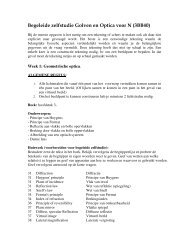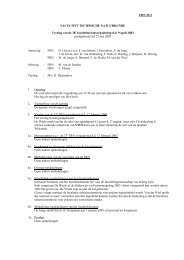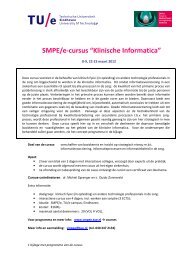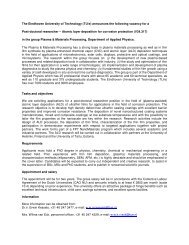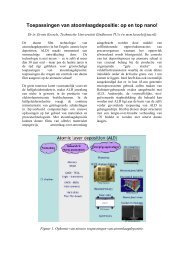Chimera States for Coupled Oscillators
Chimera States for Coupled Oscillators
Chimera States for Coupled Oscillators
You also want an ePaper? Increase the reach of your titles
YUMPU automatically turns print PDFs into web optimized ePapers that Google loves.
Predict R(x) and Θ(x) theoreticallyh(R) from <strong>for</strong>mula 11 can be made explicit, so we obtainWithR(x) exp[iΘ(x)] = e iβ ∫ πWhere ∆ = ω − Ω and β = π 2 − α−πG(|x ′ − x|) exp[iΘ(x ′ )]h(x ′ )dx ′ (12)h(x ′ ) = ∆ − √ ∆ 2 − R 2 (x ′ )R(x ′ )(13)17We take G(x) = 1 (1 + cos(x)) because2π1. The numerical curves suggests a cosine wave2. Equation 12 is solvable <strong>for</strong> any kernel of a finite Fourier <strong>for</strong>m→ R(x) and Θ(x) can be obtained explicitly/w



